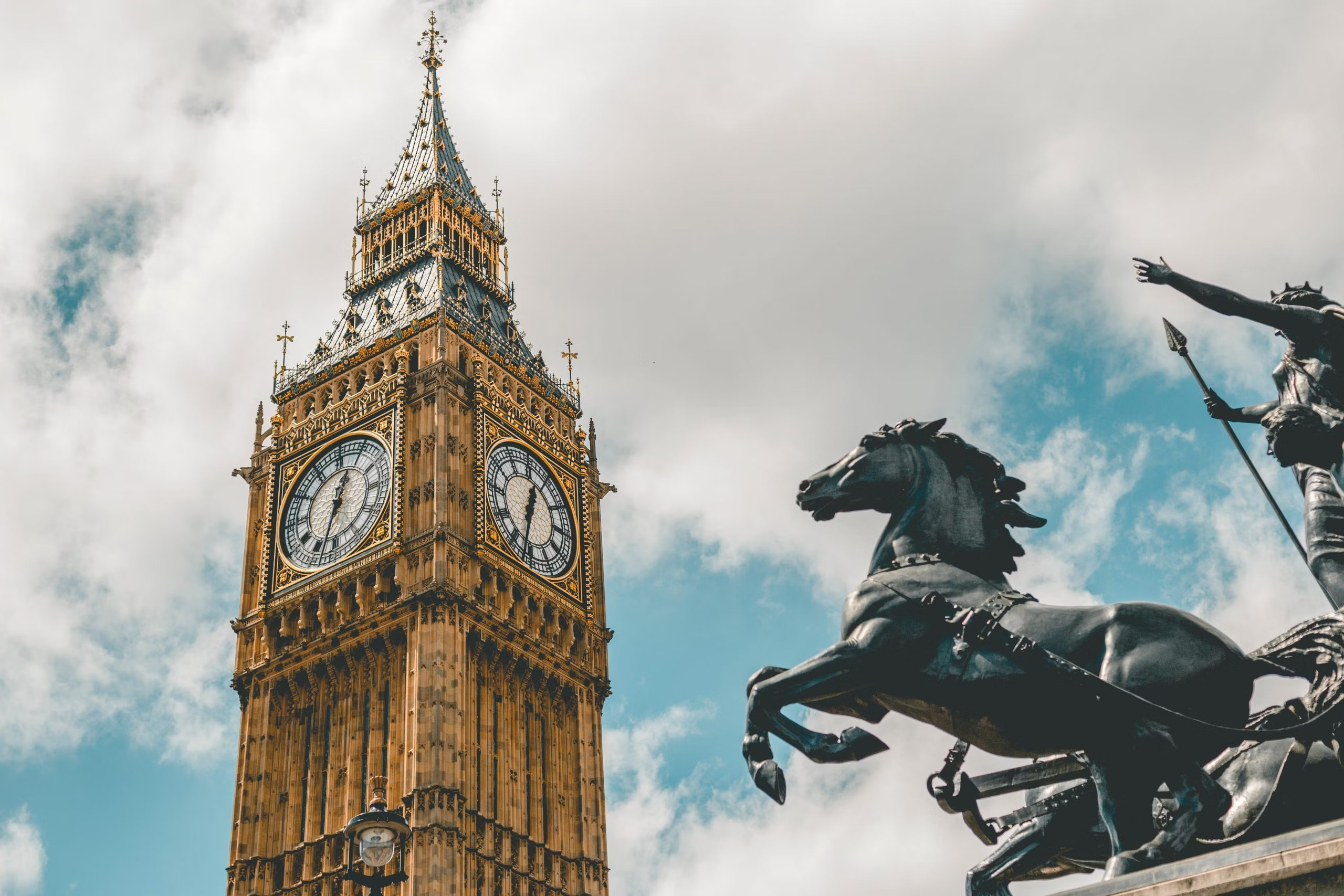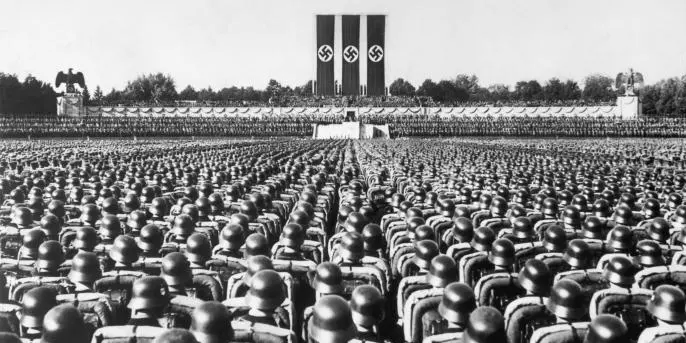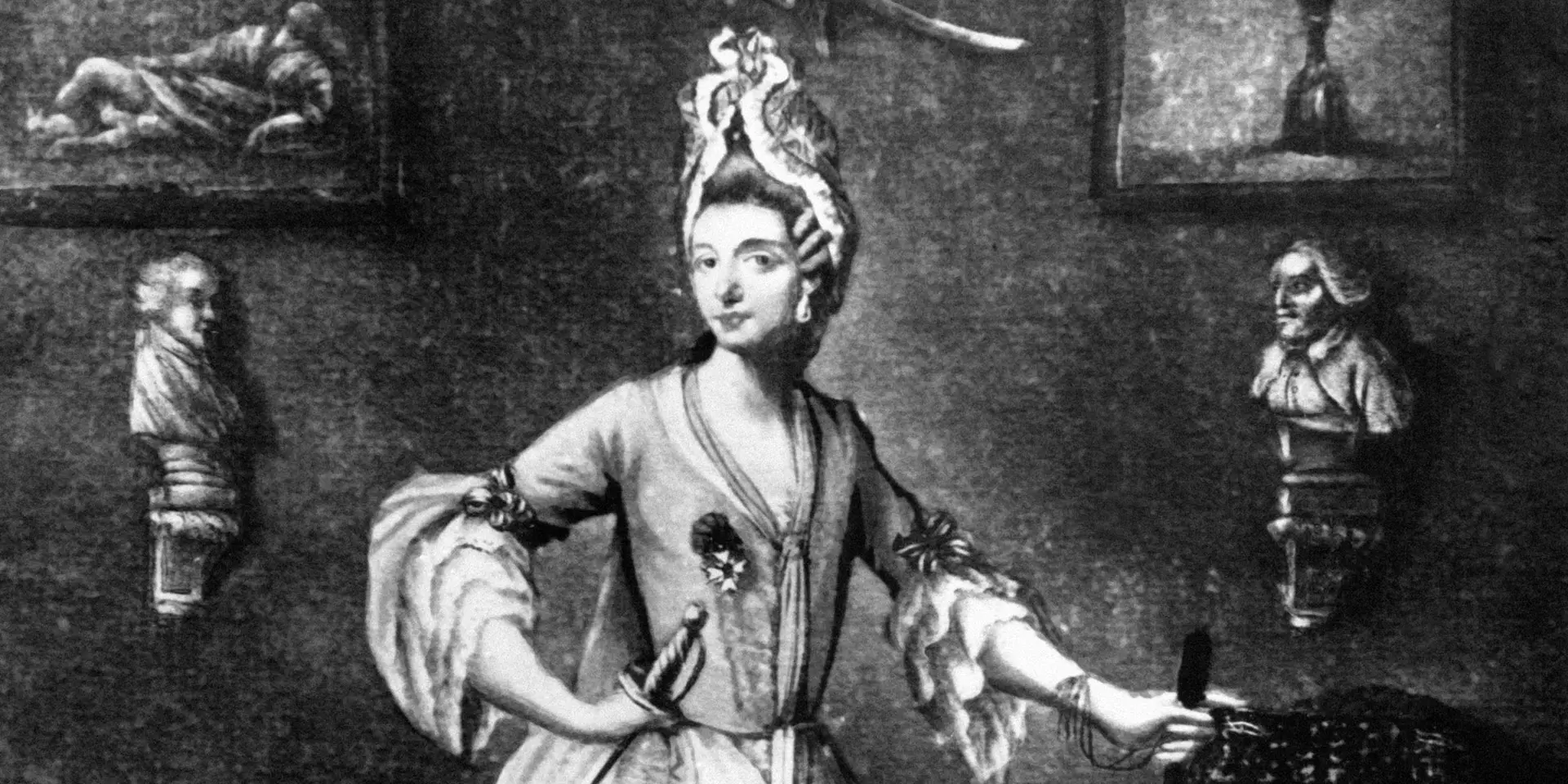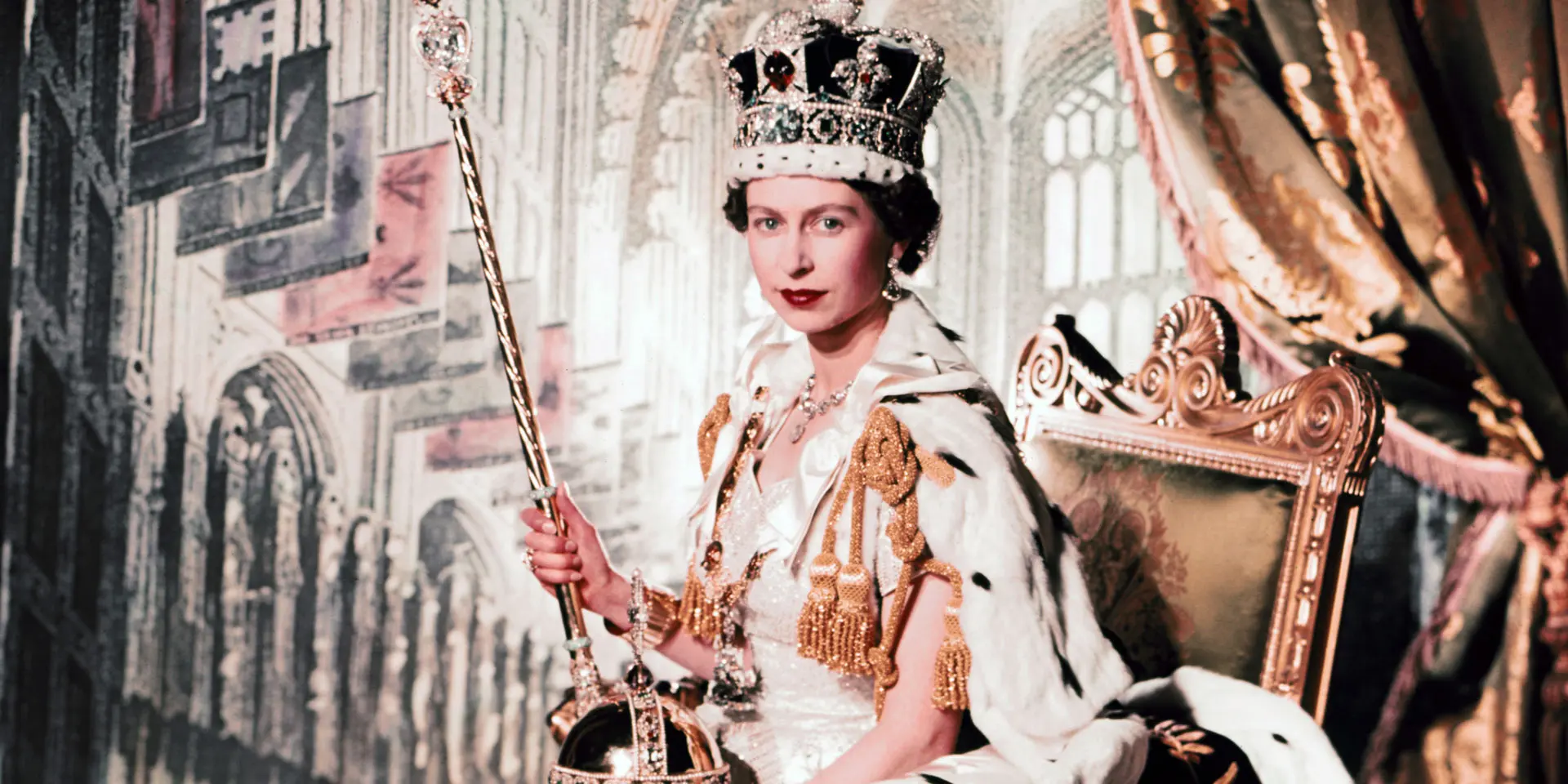
History
This is a wider card with supporting text below as a natural lead-in to additional content. This content is a little bit longer.
Last updated 3 mins ago

London is the capital of England and the United Kingdom and one of the largest and most
important cities in the world.
The area was originally settled by early hunter gatherers around 6,000 B.C., and
researchers have found evidence of Bronze Age bridges
and Iron Age forts near the River Thames.
Ancient Romans founded a port and trading settlement called Londinium in 43 A.D., and a
few years later a bridge was constructed across
the Thames to facilitate commerce and troop movements. But in 60 A.D., Celtic queen
Boudicca led an army to sack the city, which was burned
to the ground in the first of many fires to destroy London.
The city was soon rebuilt, but burned again about 125 A.D. More rebuilding occurred, and
within a few generations the population exceeded
40,000 people. After the fall of the Roman Empire in 476 A.D., however, the city was
attacked numerous times by Vikings and other raiders,
and soon London was largely abandoned.
The city’s fortunes began to change in 1065, when Westminster Abbey was established. One
year later, after his victory at the Battle of
Hastings, William the Conqueror was crowned King of England. During his reign, the Tower
of London was built, and in 1176 a wooden London
Bridge that had repeatedly burned was replaced by a bridge of stone.
As the power of the Tudor and the Stuart dynasties grew, London expanded in size and
importance. By the time Henry VIII was king, the population of London was at least
100,000.
Tensions between Protestants and Catholics, however, darkened the otherwise prosperous
reign of Henry’s daughter, Elizabeth I. In 1605, Catholic sympathizer Guy Fawkes
tried—and failed—to blow up the entire British House of Parliament in the infamous
Gunpowder Plot.
Real disaster struck in 1665, when London was hit by the Great Plague, which killed
about 100,000 people. One year later, the city, which had swollen to about a
half-million in population, mostly housed in wooden structures, was again reduced to
ashes in the Great Fire of London.
In the wake of that inferno, many notable buildings were constructed, including
Buckingham Palace and St. Paul’s Cathedral.
The Bank of England was founded in 1694 and was first governed by Huguenot John Houblon,
who helped turn London into an international financial powerhouse. By 1840, the city had
swollen to 2 million people, often crowded into unsanitary hovels, which helped create
epidemics of cholera and other diseases.
During the reign of Queen Victoria, London was well established as the prestigious seat
of the vast British Empire, and while Big Ben rose above the city in 1859, the London
Underground opened in 1863 as the world’s first subterranean railway.
London TimelineCity of London
London, History,Britannica
History of London, Civitatus London Travel Guide
HISTORY.com works with a wide range of writers and editors to create accurate and informative content. All articles are regularly reviewed and updated by the HISTORY.com team. Articles with the “HISTORY.com Editors” byline have been written or edited by the HISTORY.com editors, including Amanda Onion, Missy Sullivan, Matt Mullen and Christian Zapata.

Both totalitarianism and authoritarianism are non-democratic political systems, but there are some key differences between the two.

The Chevalier d’Éon (1728-1810) served as a French soldier, diplomat, and spy—while living both as 'Charles' and 'Charlotte.'

Queen Elizabeth II served from 1952-2022 as the reigning monarch of the United Kingdom. She was the longest-reigning monarch in British history.